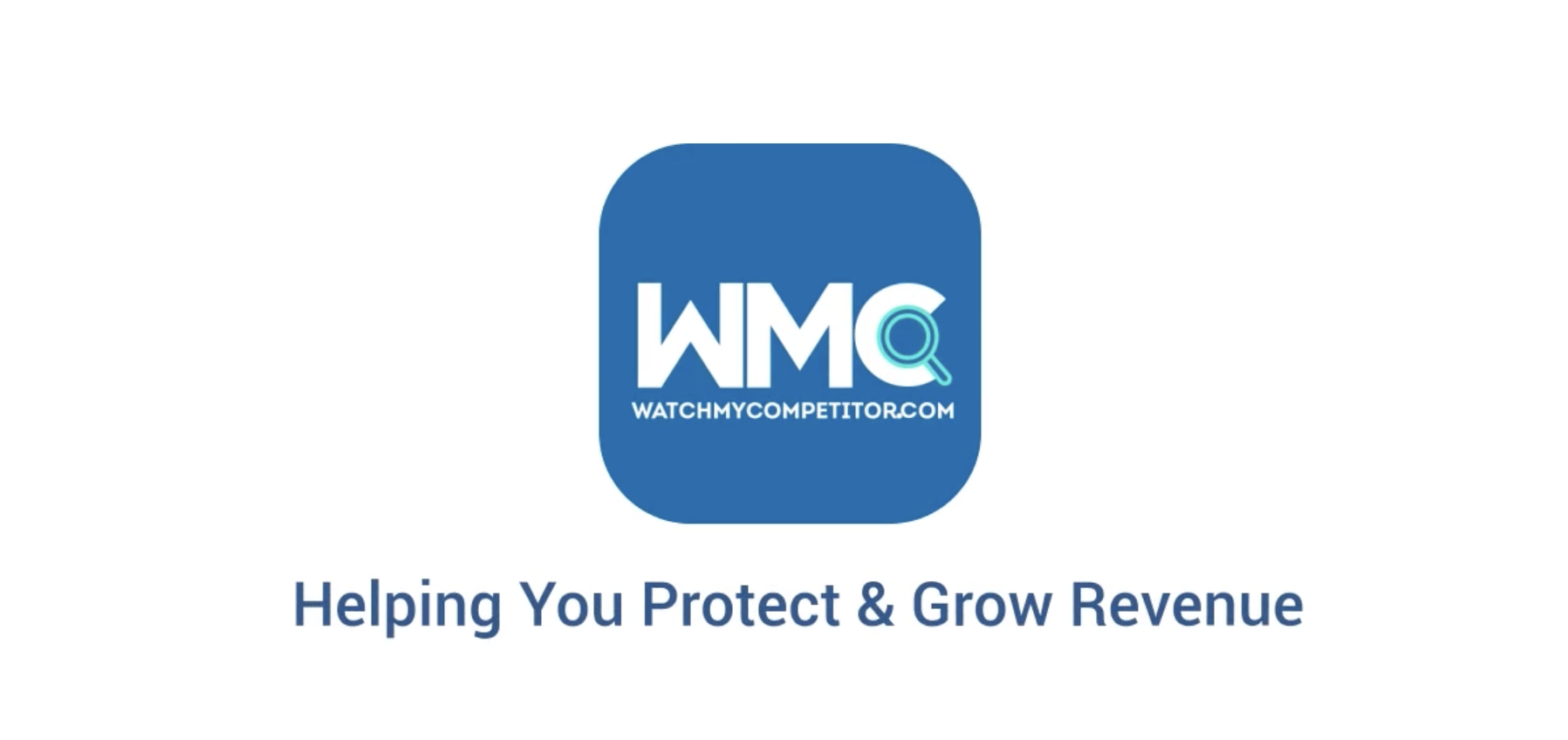In today’s fast-paced and ultra-competitive business world, staying ahead isn’t just a goal – it’s a must. To get that winning edge, businesses need to tap into the power of social listening for a deep dive into competitor analysis.
This article delves into the world of social listening, highlighting its importance in analysing competitors and offering valuable insights into how savvy organisations are using it to craft strategies that consistently outshine their rivals. In our digital age, where every click, comment and trend can make or break a brand, mastering social listening is your key to lasting success.

Introduction To Social Listening For Competitor Analysis
Social media platforms have emerged as the epicentre of communication between businesses and their target audiences. However, success in the digital realm is not solely determined by posting content and engaging with followers; it hinges on understanding the strategies and tactics employed by your competitors in the social sphere. This is where the power of social listening becomes apparent.
Understanding Social Listening
Social listening, also referred to as social media monitoring or social media listening, is a multifaceted practice that involves tracking and analysing conversations, discussions, and engagements across various social media platforms.
Its scope extends far beyond the confines of your own social media channels; it encompasses the critical aspect of monitoring what your competitors are doing, discerning what customers are saying about them, and identifying broader industry trends that can shape your strategies.
Identifying Your Competitors
Before diving into the world of social listening, it’s crucial to figure out who your main competitors are. These are the businesses that are after the same customers you are, trying to grab their attention, loyalty and business. Identifying these key players is the very first step and it’s a big deal.
So, how do you do it? Let’s break it down in a simple way:
1) Finding your business rivals
First, take a good look at your own business. Understand your customers and what makes your products or services unique. Once you’ve got a handle on your own identity, you can start spotting the businesses that are in the same game.
Here’s a step-by-step guide to help you figure out who your competitors are:
Know your market: Look at the bigger picture – who’s out there in your industry? You’ll find the big names and some newcomers. Pay attention to businesses that do similar things to yours.
Get to know your customers: Create profiles of your typical customers. This will help you figure out which businesses are likely to attract the same crowd.
Keyword search: Use keyword tools to find the words and phrases people use to search for products or services like yours. Check out who shows up in those search results.
Social media check: Social media is where competitors often show their game. Look at who your audience is interacting with on social media. Also, check out the popular hashtags and trends in your industry – you’ll find active players there.
2) Getting into competitor territory
Once you’ve got a list of potential competitors, it’s time to dig deeper into their online world. Here’s how you do it:
Check their social media: Go visit their social media profiles on different platforms. Take note of how many followers they have, how people engage with them, and the kind of stuff they post. Are they posting often? Do they have a consistent style?
Content analysis: Take a close look at the content they put out. Is it mostly words, pictures, or videos? See if their visuals are good, captions are relevant, and if they’re using hashtags effectively. Figure out what topics they talk about the most.
Engagement study: Engaging with their audience is key on social media. See if they’re good at it. Do they reply quickly to comments and messages? Are they encouraging users to share content or join in interactive campaigns?
Know their followers: Many social platforms give you info about a competitor’s followers. Look into this – it tells you who’s interested in your competition. This info can help you fine-tune your own target audience.
Key Metrics To Track In Social Listening
To derive valuable and actionable insights from the realm of social listening, it is important to focus on specific and discerning metrics that offer profound insights into your competitors’ strategies. These indispensable metrics encompass:
Sentiment analysis: Dive into the conversations to gauge whether customers are expressing positive or negative sentiments about your competitors.
Engagement levels: Scrutinise the frequency and depth of engagement garnered by your competitors’ social media posts. How often do their posts receive likes, shares, and comments?
Trending topics: Stay attuned to the subjects and themes that your competitors are actively discussing. Are these topics gaining traction and sparking conversations?
Influencer mentions: Keep a watchful eye on influencer endorsements. Are influential figures promoting your competitors’ products or services?
By tracking these metrics, you can unravel a deeper understanding of your competitors’ social media strategies and the prevailing sentiment among their customers.
Analysing Competitor Content & Engagement
Once you have amassed a wealth of data through social listening, the next logical step is to conduct a comprehensive analysis of your competitors’ content and their levels of engagement with their audience. This entails an evaluation of the quality of their content.
Do they employ high-quality visuals, craft engaging captions, and utilise relevant hashtags? Additionally, scrutinise how well they engage with their audience—are they responsive to comments, suggestions, and private messages?
Turning Insights Into Action
Social listening is not a passive endeavour limited to data collection; it is a dynamic and proactive process that revolves around transforming insights into actionable strategies. Drawing from the insights you have gathered, it is essential to formulate strategies that not only match but surpass your competitors’ efforts in the social space.
These strategies might involve the creation of more engaging and shareable content, the swift and effective response to customer feedback and inquiries, or strategic collaborations with influencers who can magnify your reach. It’s vital to acknowledge that the social media landscape is in a constant state of flux.
Strategies must not only be meticulously devised but also remain agile and adaptable. Continuous monitoring of results is paramount, enabling you to swiftly pivot and adjust your approach in response to evolving trends and customer behaviours.
Final Thoughts
Social listening analysis is not just a tool, it’s a powerful weapon for businesses seeking to gain an undeniable edge in the fiercely competitive realm of social media. By identifying competitors, tracking key metrics, conducting insightful content and engagement analysis and translating these findings into proactive strategies, you can consistently position yourself as a frontrunner in your industry.
Social listening isn’t just about hearing. It’s about using the rich data you collect to fuel your sustained success.
FAQs
What is social listening vs. social media analytics?
Social listening is a holistic practice centred on monitoring and analysing conversations and interactions across social media platforms to understand customer sentiment, track industry trends, and analyse competitors. In contrast, social media analytics predominantly deals with quantitative data such as engagement rates, follower growth, click-through rates and other metrics.
What is the goal of social listening?
The primary objective of social listening is to gather actionable insights that inform and refine your business strategy. These insights can encompass a wide range of aspects, including understanding customer sentiment, staying abreast of industry trends, and gaining a competitive advantage by responding effectively to emerging opportunities and challenges.








